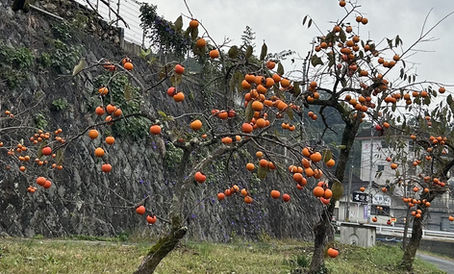Tofukuji Temple in Kyoto is famous for its autumn maple leaves.
- Masahisa Takaki
- Nov 26, 2022
- 1 min read
Tofukuji Temple, one of the leading Zen temples in Japan, was built in 1255 at the request of the Kujo family, the regent at the time. Many of the original buildings were destroyed by repeated wars and lightning strikes, but they were rebuilt each time. And although the area of the vast precincts was shrunk somewhat right after the end of feudal years, the temple still retains its majesty and beauty at the time of construction. The precincts are dotted with some 25 sub-temples. A valley runs through almost the center of the precincts, and it is said that cherry trees used to be planted in this valley, but now all of them have been replanted with maple trees. Thus, the view of autumn maple leaves from the covered bridge named Tsutenkyo that spans this valley is outstanding, and it competes the best in Kyoto. Starting with the Sanmon main gate, the largest and oldest main gate of Zen temples in Japan, many buildings of various sizes scattering throughout the precinct, many paintings, sculptures and documents owned by the temple are designated as national treasures or important cultural properties. In this connection, this temple was once used for a camp for Russian war prisoners during and after the Russo-Japanese War in the early 20th century. Nintendo, headquartered in Kyoto, made Japan's first playing cards for these war prisoners. Founded in 1899, Nintendo originally was a manufacturer of hanafuda, Japan's traditional playing cards.
Licensed tour guide, travel consultant,
Masahisa Takaki.
全国通訳案内士 高木聖久。






